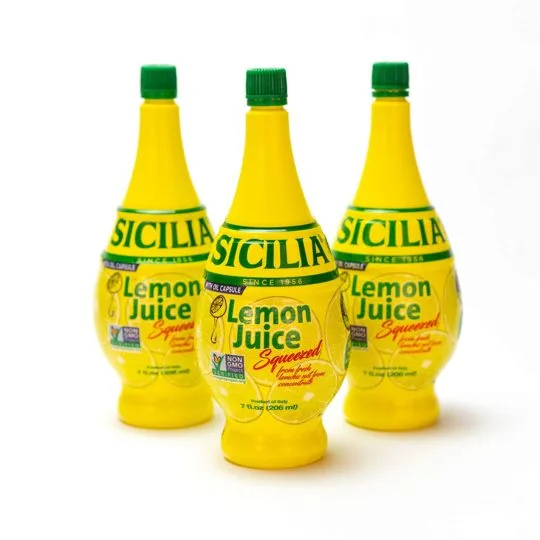Most people can probably recognize Baking powder. Well, here’s one interesting fact, baking powder is simply a mixture of acid and base, the bubbles released from the reaction of that acid and base make the dough rise when baking powder is added. Where does cream of tartar come in?
It is an acid! Cream of tartar is the acid salt of tartaric acid. Conveniently its application is also in helping dough rise—which we will continue to refer to as leavening as we proceed. Therefore cream of tartar can constitute a component of the baking powder or be used with baking soda.
This not-so-popular ingredient gives our Meringue pies its floaty nature and makes those egg whites look so foamy when you whip them after adding some in. Although you guessed wrong, it’s not a cream; it’s actually a dry powder. However, even with all the unfamiliarity of such an ingredient, its use cannot be trumped. With its absence, we begin to appreciate its use. Like most things, there’s a substitute if you care to look.
What is Cream of Tartar?
Names like tartaric acid, potassium bitartrate, and Potassium hydrogen tartrate are interchangeably used when referring to the cream of tartar. Don’t be thrown off if you are ever walking down the aisle in the food section and see the label containers bearing these names. Cream of tartar is simply an acidic byproduct gotten when fermenting grapes into wine.
Everybody loves a well-made cookie, and cookies typically demand the use of whipped egg whites. If your cookie recipe requires whipped egg whites, it will undoubtedly call for a cream of tartar. Stabilizing these egg whites is what gives your cookie the texture and softness you require. Coupled with the leavening effect of cream of tartar, now you know why it’s so important in cookies.
Cream of Tartar Nutrition Facts

How is Cream of Tartar Used in Meals?
If you’re looking to bake a pie with meringues, then cream of tartar is quite the hack. Simply because it involves whipping egg white into getting the right consistency, and that is easier when done with cream of tartar.
Anyone familiar with Baking soda knows that it gives better results than baking powder. All you need to add cream of tartar to it, and you have better leavening results there. Leavening is an essential step in making cookies and pastries; what better could be more important than a leavening agent such as a cream of tartar.
There are so many cookie recipes where the cream of tartar is used; here are a few:
- Lemon sugar cookies
- Snickerdoodle cookie
- Chewy pumpkin cookies
- Glazed strawberry cookies
- Soft and chewy cookies
- Funfetti cookies
- Amish sugar cookie
- Brown butter salted caramel cookies
- Strawberry cookie cups
- Lemon Meringue cookies
- Lemon chiffon cake
- Confetti cookies
- Keebler copycat pecan Sandies cookies
- Vanilla meringue cookies.
What Ingredients Make for a Perfect Substitute for Cream of Tartar?
Cream of Tartar remains a pivotal ingredient in many baked goods like cookies. This means that if you’re going to make that yummy goodness of a cookie, then you really need to get those egg whites right or prevent that sugar from crystallizing, and also try to leaven the dough properly.
For these reasons, tearing your hair out is most likely when you run out of cream of tartar. The precious hair on your head can stay intact beneath that immaculate chef cap of yours if you would just try these three simple and easily accessible substitutes:
Lemon Juice
What gives cream of tartar its desirable quality is its acidity. Guess what else possesses that acidity? Yes, a cup of lovely lemon juice. Due to its acidity, Lemon juice can serve as a great substitute; by simply replacing every 1/2 teaspoon of cream of tartar with a teaspoon of lemon juice, you get the same desired results with your egg whites when whipped, forming those stiff peaks. If you’re making meringues also, then lemon juice is the substitute you need.
Vinegar
If you are not making baked goods like cakes whose taste may be altered by their use, vinegar is a great substitute. Just like cream of tartar, vinegar has an acidic nature too. Used where it is important to stabilize egg whites and give that batter you’ve just made a raise as it bakes. For every 1⁄2 teaspoon of unavailable cream of tartar on the recipe, use one teaspoon of vinegar.
Yogurt
This is one item that I believe many people never run out of. I mean, there’s always some reason to have yogurt just sitting there in the fridge. Well, why not put that yogurt to good use? First, get yogurt that has been thinned out with milk; for every 1 gram of cream of tartar (equivalent to 1⁄4 teaspoon) that the recipe requires, remove 1⁄2 cup of fluid from the recipe and 1⁄2 cup of the yogurt. The acidity of yogurt makes it a viable substitute, with baking soda making the cookie fluffy.
Frequently Asked Questions (FAQs):
Does cream of tartar change the taste of cookies?
Yes, it does. For instance in snickerdoodle cookies gives a sour undertaste or subtle tang. Even in cookies with a bitter taste due to a lot of baking soda, you can change its taste by adding ½ or ¼ teaspoon of tartaric acid.
What does cream of tartar taste like?
Understandably, we might be worried about being sold the wrong item, so perhaps you’re caught up in that small scenario where you must taste to verify, the taste you’ll be looking for is metallic. If you’ve ever eaten a snickerdoodle cookie, it’s most noticeable in it.
Conclusion
Cookies need that chewy taste to come out right, and honestly, most people really don’t know what to do without cream of tartar, not you, though, because with all these fantastic substitutes, you’ll do just fine. Go bake some delicious cookies today; we got you!




